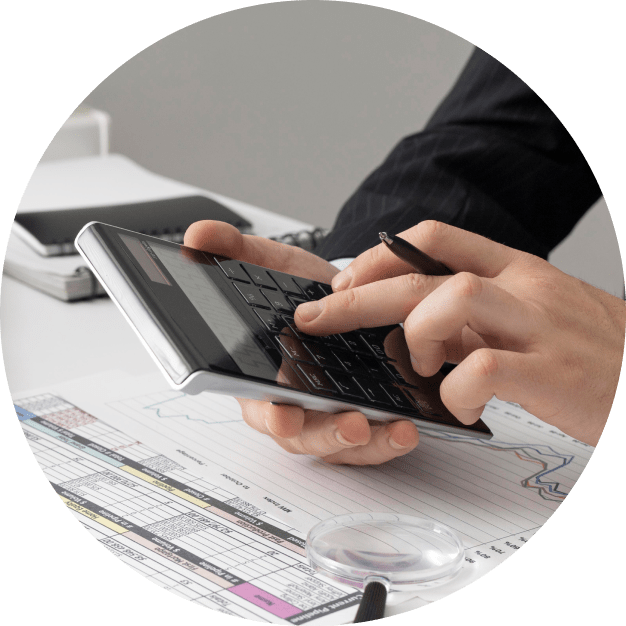The best AML Framework under Singapore AML Regulations
The best AML Framework under Singapore AML Regulations
Money Laundering is a global concern. Companies worldwide are adopting stringent customer verification methods to prevent the misuse of their company for financial crimes. To deter criminals from exploiting the businesses, financial institutions and other regulated entities must create a robust AML compliance framework, or the “AML Model,” following internationally recognized AML/CFT practices.
Let us discuss how a business can develop a robust and comprehensive AML Model to ensure due compliance, safeguard the business and avoid fines or reputational damage.
What is the best AML model or an AML Compliance Framework?
How to develop a highly effective AML model?
Developing a highly effective and result-oriented AML model requires a customized approach as each business is unique, and so is its ML/FT exposure. The transaction type, customer base, geographies, products/services offered, etc., must be considered to design a comprehensive and effective AML model.
We have listed a few steps to help you develop the best AML model and create a compliance shield against ML/FT risks:
Develop an AML framework aligned with AML/CFT business risks:
The ideal framework should be customized per the company’s vulnerabilities to the financial crime risk. The higher the ML/FT risk exposure, the more stringent controls to be built in the AML Model. Further, the risk assessment will help businesses understand the balance required between human expertise and technology.
Technology:
Selection of the right technology and its implementation will help derive accurate results. The right AML software selection with the help of experts will make the AML model more effective. The software will help identify any fraudulent transactions immediately and notify the business to take appropriate actions before suffering any monetary or reputational loss.
Integrated with business:
Businesses must ensure that the AML framework is integrated with the routine business operations where interaction with third parties is involved. It is essential to ensure that the AML model works optimally and produces the best results on a real-time basis.
Continuous Monitoring:
The AML model can be construed as effective if the results are measurable and reliable, assuring the company that its AML compliance framework is on the right track. Continuous monitoring is essential because it will help get the desired results consistently. It is vital to prevent it from faltering during the customer relationship journey.
AML Model Validation Process
Validation refers to ensuring that the AML model works efficiently and fulfills the objectives of developing the AML compliance framework. Validation helps to know the efficiency of the AML model and its capabilities in identifying fraudulent transactions.
It should always detect suspicious transactions and questionable customer behavior and report it with timely alerts or notifications. It should streamline the compliance process and leave no stone unturned to enable an organization to achieve full AML compliance.
The validation process includes clarity in the concepts that is well-executed. The model should be based on a thorough understanding of regulatory requirements, proper execution, and supported by proper documentation.
Businesses need to identify the gaps in the implemented AML Compliance framework and the regulatory requirements and shall address them immediately.
Best Practices for developing a robust AML Compliance Framework
Below are some of the best AML practices that will guide you in creating and maintaining a robust AML model:
Easy to understand, yet comprehensive:
Companies should create a simple-to-understand AML framework to be more relevant, effective, and practical to be followed by all employees and implemented across the entire organization. Easy-to-understand models work for both – the employees and the customers.
Easy-to-understand does not mean just capturing the high-level idea about AML Compliance. The AML Model should be comprehensive enough to include end-to-end AML compliance requirements and procedures to be followed.
It would include the methodology of conducting business risk assessment, customer onboarding process, identification/reporting of suspicious activities, AML governance structure, AML record-keeping requirements, sanctions implementation, etc.
Based on regulations and best international practices:
Up-to-date:
Final words
Regulated entities must continuously keep their AML model or compliance framework updated per the revised laws, changing customer data, and evolving practices worldwide. Keep your organization secure from money laundering and other financial crimes by creating a solid and comprehensive AML compliance framework or AML Model. AML Singapore has helped many businesses with a tailor-made AML model to effectively mitigate your business’s ML/FT risks.
Contact our experts now for guidance on the best AML model development.

About the Author
Pathik Shah
FCA, CAMS, CISA, CS, DISA (ICAI), FAFP (ICAI)
Pathik is a Chartered Accountant with more than 26 years of experience in governance, risk, and compliance. He helps companies with end-to-end AML compliance services, from conducting Enterprise- Wide Risk Assessments to implementing the robust AML Compliance framework. He has played a pivotal role as a functional expert in developing and implementing RegTech solutions for streamlined compliance.

